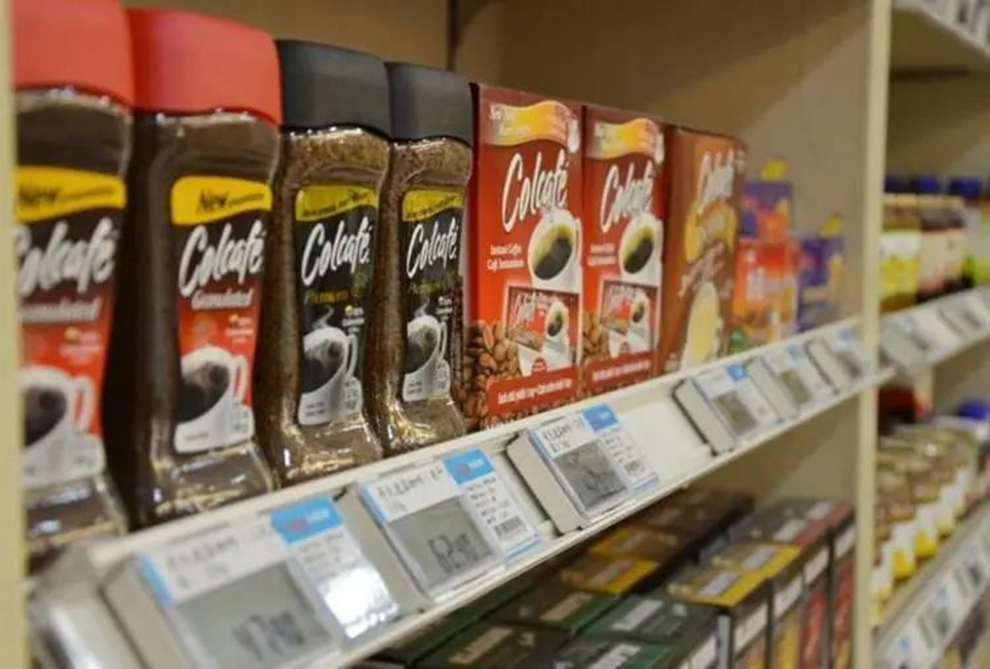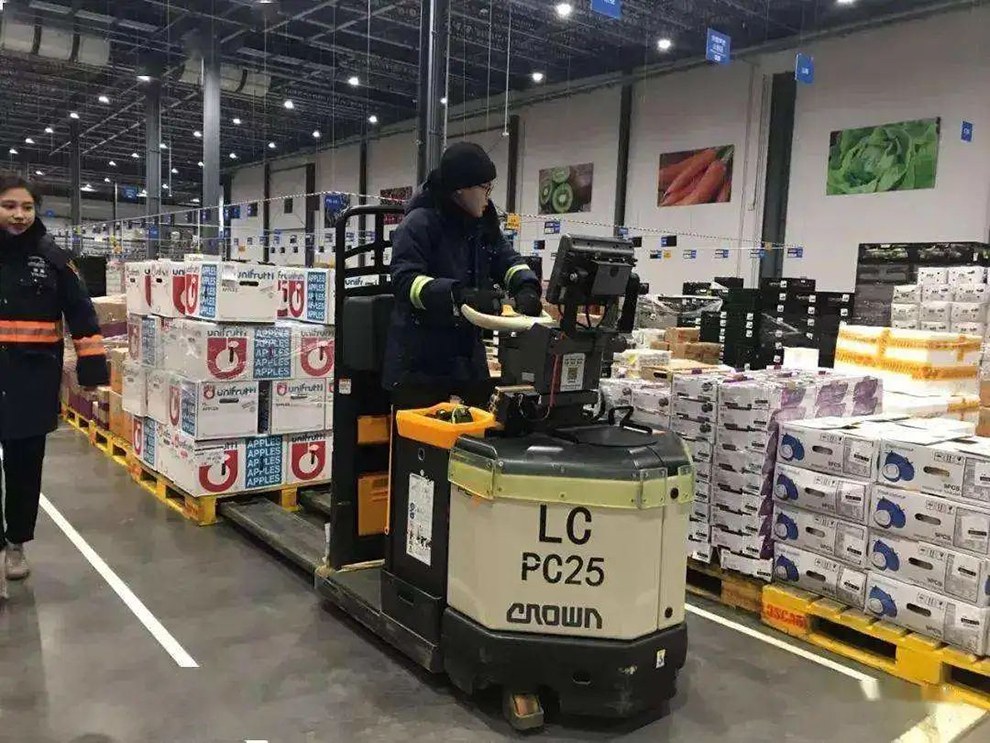According to RFID Magazine, Walmart USA has notified its suppliers that it will require the expansion of RFID tags into a number of new product categories that will be mandated to have RFID-enabled smart labels embedded in them as of September this year. Available in Walmart stores. It is reported that the new areas of expansion include: consumer electronics (such as TV, xbox), wireless devices (such as mobile phones, tablets, accessories), kitchen and dining, home decoration, bathtub and shower, storage and organization, car battery seven kind.
It is understood that Walmart has already used RFID electronic tags in shoes and clothing products, and after expanding the scope of application this year, the annual consumption of RFID electronic tags will reach the level of 10 billion, which is of great significance to the industry.

According to different items with different applications , Walmart classify all suppliers match mixed frequency rfid tags for goods , 13.56Mhz rfid or nfc label which loads goods information such as origin ,data of expired ,pricing ,etc , Meanwhile UHF rfid sticker will tap the outer carton for each item and better for warehouse management . As the one of leading rfid manufacturing ,Shenzhen ZhiJie IOT Application Co.,Ltd has provided many brand super market customers , system suppliers and security with our rfid products . Our 860-960MHz UHF frequency paper sticker label meets Gen 2 Class 1 and 18000-6C protocol , long range reading and highly sensitivity , You can scan them more 100pcs at same time better for you high efficiency warehouse management and checking situation of each items .
As the most successful supermarket in the world to deploy RFID technology, the origin of Wal-Mart and RFID can be traced back to the "Retail Industry System Exhibition" held in Chicago, USA in 2003. At the meeting, Walmart announced for the first time that it would adopt a technology called RFID to eventually replace the currently widely used bar code, becoming the first company to announce an official timetable for adopting the technology.
Over the years, Wal-Mart has used RFID in the field of shoes and clothing, which has brought the warehousing link in logistics management into the information age, so that the market circulation and behavior of each commodity can be traced. At the same time, the data information collected in the inventory management system can also be obtained in real time, which simplifies data processing, digitizes and informatizes the entire logistics process, improves logistics management efficiency, and reduces personnel requirements. Not only that, RFID technology also effectively reduces the labor cost of supply chain management, making information flow, logistics, and capital flow more compact and effective, increasing benefits. Based on the success in the field of footwear and apparel, Walmart hopes to expand the RFID project to other departments and categories in the near future, thereby further promoting the construction of an online platform.
As the global leader in offline physical sales, Walmart actually has a heart of "e-commerce" in its body.

Walmart has been the model for offline discount stores since its inception in 1962. With the corporate culture of "customer is God", "respect for every employee" and "don't delay today's affairs to tomorrow", it makes it stand out in the global supermarkets. However, with the popularity of the mobile Internet in 2012, Amazon stood out in the US market. In just two years, Walmart shares have fallen back to their pre-2010 values. That year, it was believed that even a big man like Walmart could not resist the challenge of Internet e-commerce, and the dominance of the retail empire seemed to be crumbling. Since then, Walmart has had a hard time, hoping to catch up with Amazon again. As a result, the battle for the "King of American Retail" has continued to this day.
At the beginning of 2021, Walmart International's revenue fell by about 8.3% due to the impact of the epidemic. In order to compete with Amazon, Walmart has begun to try to learn from Amazon's practice and build its own "last mile" independent delivery service. For the "last mile" program, Walmart has made various deployments.
First, Wal-Mart is vigorously building fulfillment centers. In 2021 alone, Walmart has built new fulfillment centers in Canada, India and other regions, and renovated some Sam's Club and Walmart retail stores to achieve the effect of fulfillment centers. At the same time, Walmart also launched a supporting Alphabot (automated pickup) system, which is specially used for picking and packaging online shopping orders. When the online order information is released to the system, the system will automatically select the goods from the warehouse, integrate the goods according to the order, and then deliver the goods to Wal-Mart employees for delivery, which can shorten the order processing time and speed up the delivery.

Secondly, in May of the same year, Walmart acquired Zeekit, the world's leading dynamic virtual fitting room platform. Walmart understands that customer experience is the foundation of business. One of the most frustrating aspects of thinking about customers buying clothes online is not knowing how the clothes actually look and feel when they’re on. So Walmart rolled out Zeekit technology to users of the Walmart app and Walmart.com. This feature currently enables customers to choose from 50 models between 150CM-180CM heights and XS-XXXL sizes. At the same time, customers can also choose the model that best represents their height, body type and skin tone to try online, and by fall 2022, nearly 70 other model options will be launched to provide a wider range of sizes, skin tones and hair colors.

Finally, Wal-Mart has also increased the construction of logistics and distribution centers. According to the latest news, Wal-Mart's latest batch of logistics and distribution centers (including Canada, Japan, Southeast Asia and other countries) are scheduled to be put into use in September this year. Combined with Wal-Mart's measures to expand the application field of RFID, Wal-Mart's "e commerce" reform has been completed.
Statement : Pictures above only show the product ,the intellectual property rights of the logo owned by their trademark .



